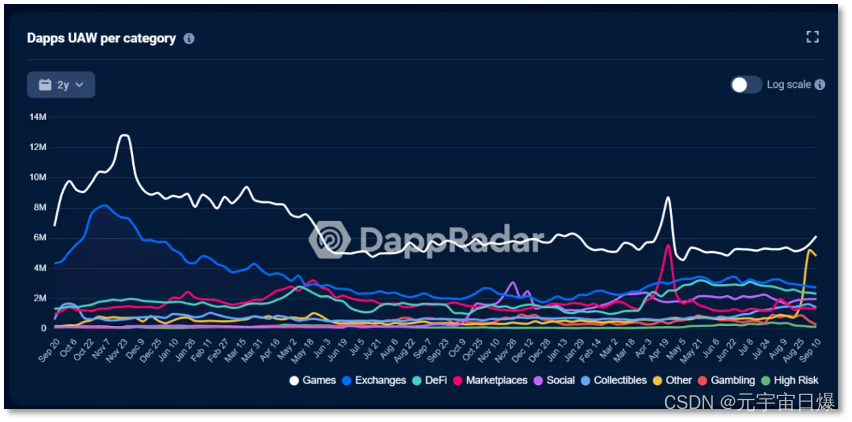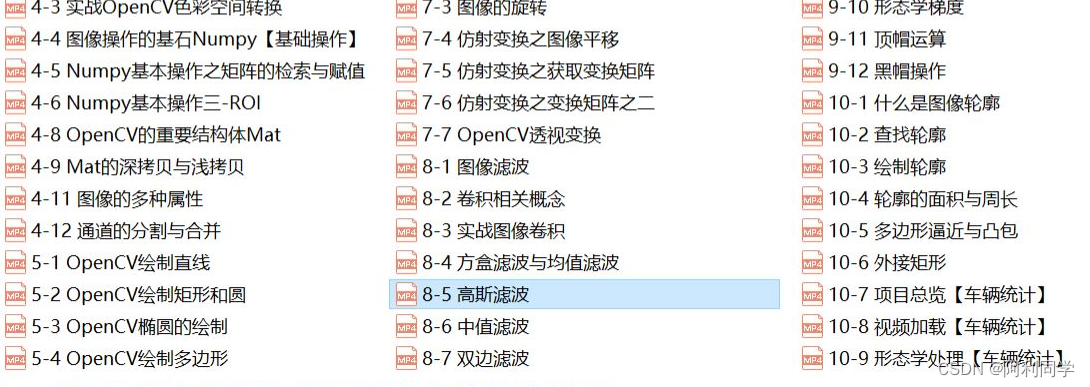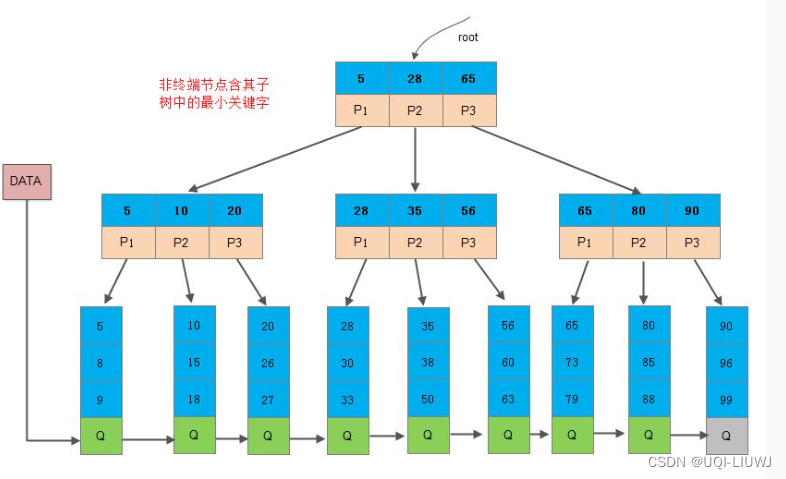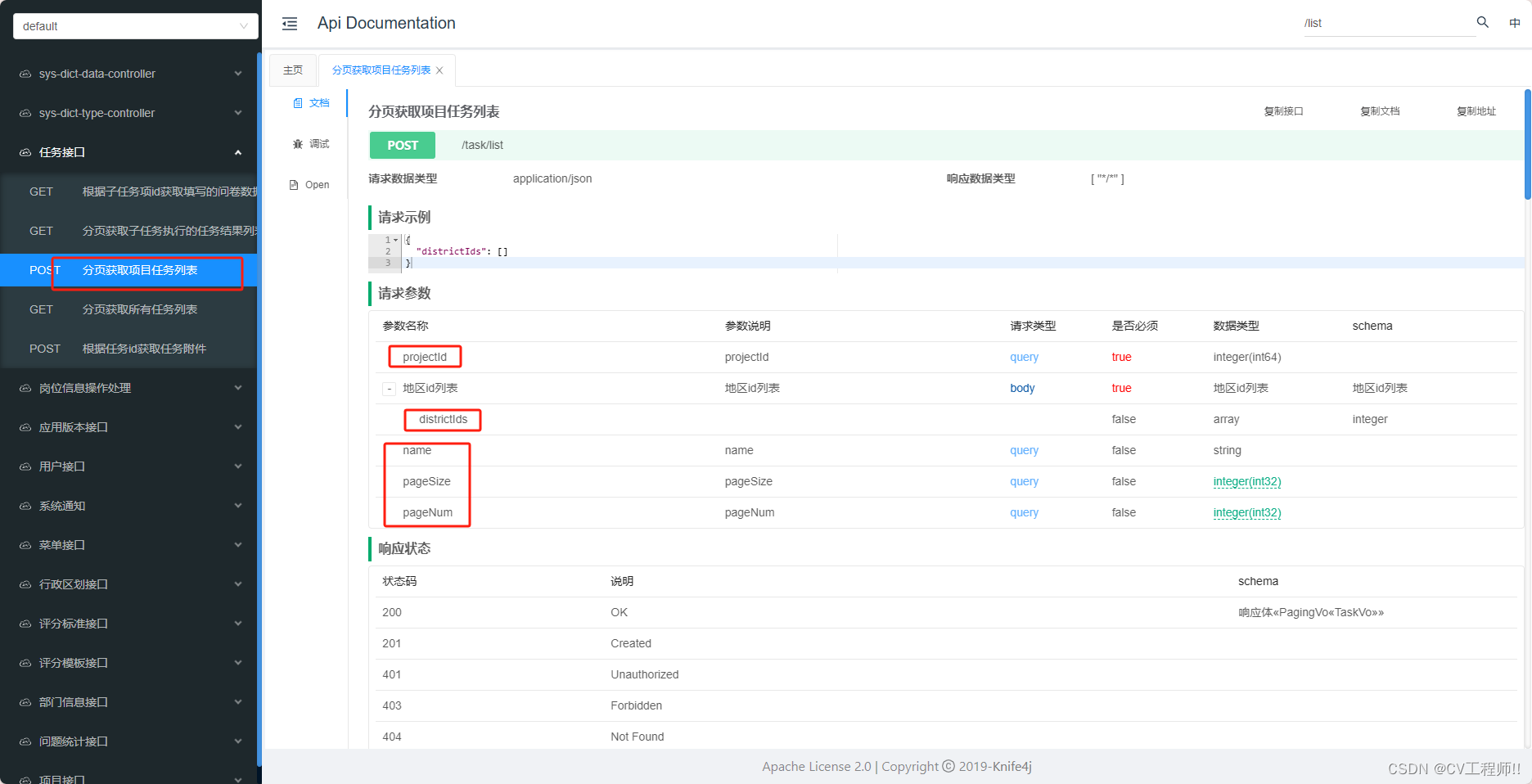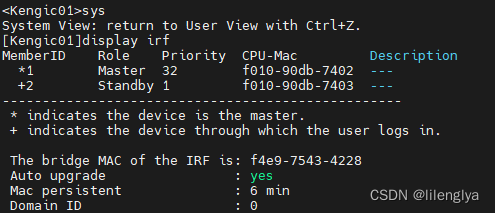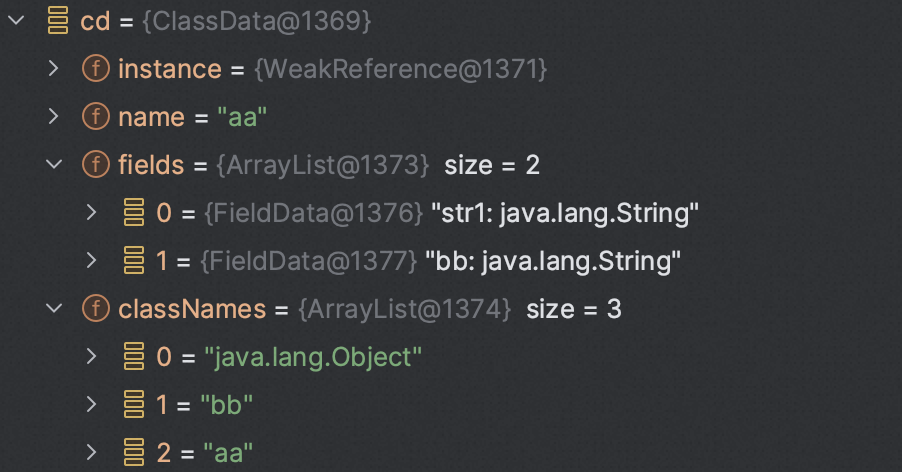【LetMeFly】1334.阈值距离内邻居最少的城市:多次运用单源最短路的迪杰斯特拉算法
力扣题目链接:https://leetcode.cn/problems/find-the-city-with-the-smallest-number-of-neighbors-at-a-threshold-distance/
有 n 个城市,按从 0 到 n-1 编号。给你一个边数组 edges,其中 edges[i] = [fromi, toi, weighti] 代表 fromi 和 toi 两个城市之间的双向加权边,距离阈值是一个整数 distanceThreshold。
返回能通过某些路径到达其他城市数目最少、且路径距离 最大 为 distanceThreshold 的城市。如果有多个这样的城市,则返回编号最大的城市。
注意,连接城市 i 和 j 的路径的距离等于沿该路径的所有边的权重之和。
示例 1:

输入:n = 4, edges = [[0,1,3],[1,2,1],[1,3,4],[2,3,1]], distanceThreshold = 4 输出:3 解释:城市分布图如上。 每个城市阈值距离 distanceThreshold = 4 内的邻居城市分别是: 城市 0 -> [城市 1, 城市 2] 城市 1 -> [城市 0, 城市 2, 城市 3] 城市 2 -> [城市 0, 城市 1, 城市 3] 城市 3 -> [城市 1, 城市 2] 城市 0 和 3 在阈值距离 4 以内都有 2 个邻居城市,但是我们必须返回城市 3,因为它的编号最大。
示例 2:

输入:n = 5, edges = [[0,1,2],[0,4,8],[1,2,3],[1,4,2],[2,3,1],[3,4,1]], distanceThreshold = 2 输出:0 解释:城市分布图如上。 每个城市阈值距离 distanceThreshold = 2 内的邻居城市分别是: 城市 0 -> [城市 1] 城市 1 -> [城市 0, 城市 4] 城市 2 -> [城市 3, 城市 4] 城市 3 -> [城市 2, 城市 4] 城市 4 -> [城市 1, 城市 2, 城市 3] 城市 0 在阈值距离 2 以内只有 1 个邻居城市。
提示:
2 <= n <= 1001 <= edges.length <= n * (n - 1) / 2edges[i].length == 30 <= fromi < toi < n1 <= weighti, distanceThreshold <= 10^4- 所有
(fromi, toi)都是不同的。
方法一:多次运用单源最短路的迪杰斯特拉算法
迪杰斯特拉算法可以让我们在 O ( n 2 ) O(n^2) O(n2)的时间复杂度内求出图中某点到其他所有点的最短路径。
关于单源最短路的迪杰斯特拉算法,推荐查看某人的视频讲解及配套代码。(算法本质是在所有能走的路中选一个最短的能到新节点的路来走)
这样,我们可以写一个函数来获取某个点不超过“distanceThreshold”的“邻居城市”的个数。
使用两个变量分别记录“最少的近邻个数”和“当前答案”,遍历一遍每个节点,计算并更新这两个变量即可得到答案。
- 时间复杂度 O ( n 3 ) O(n^3) O(n3)
- 空间复杂度 O ( s i z e ( g r a p h ) + n ) O(size(graph) + n) O(size(graph)+n)
AC代码
C++
class Solution {
private:
int find1City(vector<vector<pair<int, int>>> &graph, int start, int Md) {
vector<bool> visited(graph.size(), false);
vector<int> minDistance(graph.size(), 1e9);
minDistance[start] = 0;
for (int i = 0; i < graph.size(); i++) {
int thisMinDistance = 1e9;
int thisShortestPoint = -1;
for (int j = 0; j < graph.size(); j++) {
if (!visited[j] && minDistance[j] < thisMinDistance) {
thisMinDistance = minDistance[j];
thisShortestPoint = j;
}
}
if (thisMinDistance == 1e9) {
break;
}
visited[thisShortestPoint] = true;
for (auto& [toPoint, thisDistance] : graph[thisShortestPoint]) {
if (minDistance[thisShortestPoint] + thisDistance < minDistance[toPoint]) {
minDistance[toPoint] = minDistance[thisShortestPoint] + thisDistance;
}
}
}
int ans = -1;
for (int i = 0; i < graph.size(); i++) {
if (minDistance[i] <= Md) {
ans++;
}
}
return ans;
}
public:
int findTheCity(int n, vector<vector<int>>& edges, int distanceThreshold) {
vector<vector<pair<int, int>>> graph(n);
for (auto& v : edges) {
graph[v[0]].push_back({v[1], v[2]});
graph[v[1]].push_back({v[0], v[2]});
}
int mCan = n, Mnum = 0;
for (int i = 0; i < n; i++) {
int thisCity = find1City(graph, i, distanceThreshold);
if (thisCity <= mCan) {
mCan = thisCity;
Mnum = i;
}
}
return Mnum;
}
};
同步发文于CSDN,原创不易,转载经作者同意后请附上原文链接哦~
Tisfy:https://letmefly.blog.csdn.net/article/details/134410277

